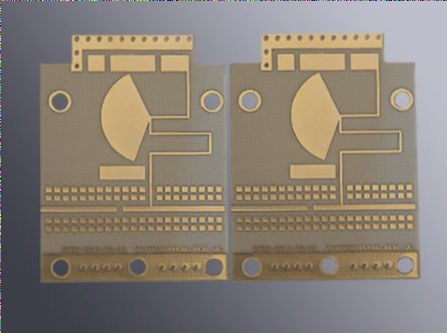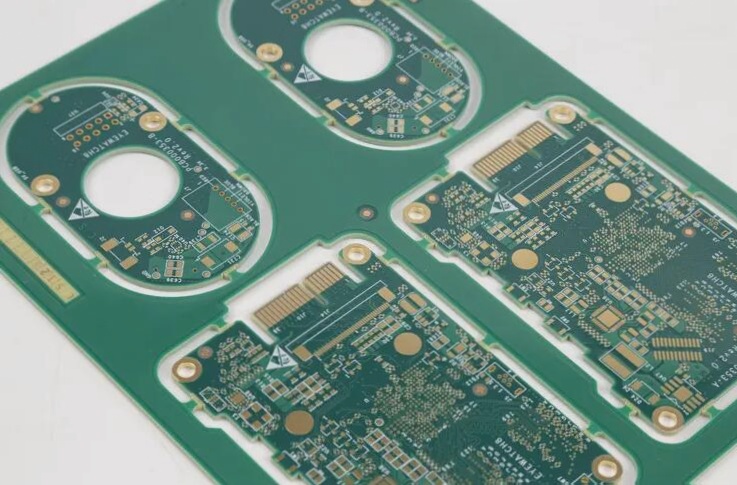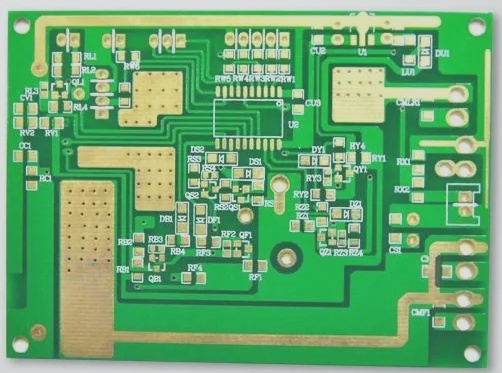Impact of Ink Properties on Printed Circuit Board (PCB) Manufacturing
1. Ink performance is crucial in printed circuit board (PCB) manufacturing, directly influencing technical requirements and quality standards. While viscosity is well-known, the often underestimated property of thixotropy plays a significant role in screen printing effectiveness.
2. Understanding fundamental ink properties and screen printing principles is essential to grasp the influence of thixotropy. Introducing the concept of thixotropy provides clarity on its impact.

Wire Mesh Screen in Screen Printing
1. The wire mesh screen is a vital component in screen printing, essential for the process. Different materials like nylon, polyester, and stainless steel, along with various weaving methods, determine the mesh’s structure. Mesh types classified as low, medium, and high are used in PCB manufacturing, with precise geometric dimensions crucial for optimal electrical performance.
Ink Composition and Components
2. Ink, a gelatinous substance used in printed boards, comprises synthetic resins, solvents, oils, pigments, and additives.
- 2.1 Resin plays a key role in ink film formation and performance characteristics, affecting operability, gloss, adhesion, and more.
- 2.2 Solvents dissolve resin, adjust viscosity, and enhance substrate adhesion.
- 2.3 Pigments contribute color and properties like light resistance and durability.
- 2.4 Additives improve ink properties, printing quality, and physical characteristics.
Technical Properties of PCB Ink
3. Several technical properties define PCB ink quality, with each attribute linked to the ink’s components:
- 3.1 Viscosity influences ink flow and print quality.
- 3.2 Plasticity ensures ink properties are maintained post-deformation.
- 3.3 Thixotropy affects ink consistency and print accuracy.
- 3.4 Fluidity governs ink spreadability and print fidelity.
- 3.5 Viscoelasticity influences ink’s recovery post-shear for consistent printing.
- 3.6 Drying rate impacts production efficiency and substrate adhesion.
- 3.7 Fineness directly affects ink resolution and fidelity through pigment and particle size.
Key Factors for High-Quality PCB Ink
- Drawability: Measures ink’s ability to stretch without breaking, impacting surface cleanliness and print clarity.
- Transparency and Hiding Power: Varies by ink type, crucial for desired visual and functional outcomes in PCB applications.
- Chemical Resistance: Ensures ink durability against acids, alkalis, salts, and solvents, meeting performance standards.
- Physical Resistance Properties: Include scratch, thermal shock, and mechanical peel resistance, crucial for reliable PCB functionality.
- Environmental Safety: Requires low-toxic, odorless, and environmentally friendly formulations to meet regulatory and sustainability requirements.
Optimizing PCB ink quality involves understanding and balancing these technical parameters to meet the demands of modern electronics manufacturing.



